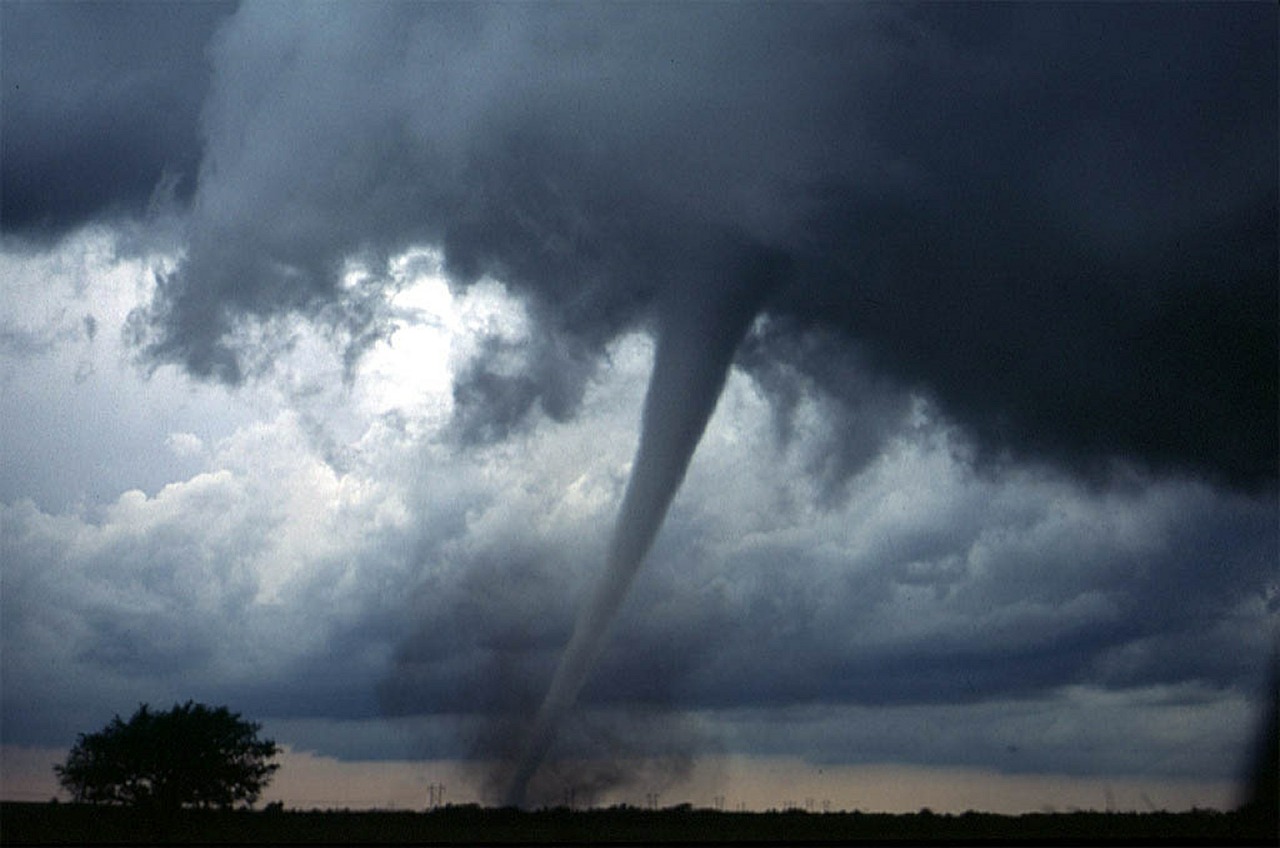While spring is still several weeks away, the threat of severe weather and tornados is all-over America. Just last night, a malicious killer tornado acted like a jigsaw as it tore north Birmingham, Alabama, into fragmented and scattered communities. At least one person was killed and dozens more were wounded as this treacherous storm unleashed piercing winds that demolished countless homes of unsuspecting residents. Winter tornadoes are uncommon, but not completely unheard of in the southeast. Unfortunately, most people erroneously let their guard down for killer storms during winter months. The results are catastrophic. Even more vexing is the reality that “Tornado Alley” now appears to be shifting more to the southeast. To help alleviate the stress of inadequate protection, FEMA is offering a safe room rebate program to help you pay for a tornado shelter.
More than 130 tornadoes touch down in Texas every year. Avoid undue destruction with safe room rebate program

Tornadoes are not a phenomenon in Texas. An average of 132 twisters touch down in the Lone Star state annually. Texas residents have probably seen more tornadoes than tumbleweeds and armadillos in their lifetimes. Tornadoes are simply a fact of life. Most of these tornadoes occur with the greatest frequency in Red River Valley of North Texas. To help mitigate the dangers of these frequent storms, FEMA has initiated the North Central Texas Safe Room Rebate program. The safe room rebate program is designed to help residents help pay for the cost of installing above and below ground tornado shelters. Eligible counties include Collin, Dallas, Denton, Erath, Ellis, Hood, Hunt, Johnson, Kaufman, Navarro, Palo Pinto, Parker, Rockwall, Somervell, Tarrant, and Wise. This program covers half the cost of the safe room construction and installation with a reimbursement cap of $3,000. To be clear, the program will not pay for the storm shelter or safe room in its entirety, but the supplemental funding could easily help you afford to install a U.S. Safe Room above-ground shelter if you’re working on a tight budget. The program is not retroactive, which means you can’t use the funds to pay for shelters that were previously installed. For more information, email government officials at nctsaferoom@nctcog.org or call 817-695-9235.
24 tornadoes destroyed homes and business in Ohio in 2020
Two dozen tornadoes caused $2 million in damage to Ohio homes and businesses last year. The National Weather Service confirmed at least 11 tornado touchdowns during an unprecedented week in early April last year. Ohio’s sudden and sharp increase in catastrophic twisters is not an anomaly: it’s part of a growing trend. In May 2019, several tornadoes touched down in Dayton and other densely populated communities. One particular storm packed wind speeds that exceeded 130 miles per hour. Only one person succumbed to their injuries, although the results could’ve been far more catastrophic if not for the vigilance and foresight of tornado sirens and advances in early Doppler radar. While basements are a final-tier last defense measure against killer tornadoes, they don’t even come close in matching the impeccable steel strength of a U.S. Safe Room above ground shelter. On average, a small safe room or shelter can cost between $3,000 and $8,000 depending on your preferred manufacturer and installer. To help offset these costs, the Ohio Emergency Management Agency is offering to pay up to 75 percent of that through a rebate program.
FEMA could pay for panelized safe room
If you are browsing our product line, you may be comforted by knowing that a qualifying grant can pay for a nice chunk of the overall costs associated with the purchase and installation. Despite the federal government’s generosity, there are a few catches. For one, you will still have to pay the overall costs of the unit up front. Also, the application process is not as streamlined as going to down to the local bank and taking out a loan. Individual homeowners cannot apply directly to FEMA for safe room funding. Instead, FEMA provides these funds states who then distribute the grants to local governments.






